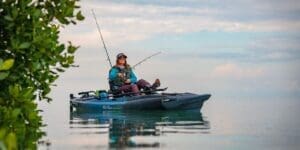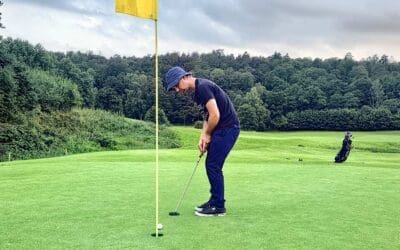The adrenaline rushes through your veins as you stealthily navigate the dense wilderness, eyes locked on your target. Bow hunting, an ancient practice steeped in tradition, offers a thrilling and intimate experience with nature, allowing hunters to forge a deeper connection with their environment. Whether you’re a seasoned archer or a novice explorer, understanding the basics of bow hunting is crucial to ensuring a successful and ethical hunt.
Bow Hunting Essentials
To embark on a fruitful journey into the world of bow hunting, you must first equip yourself with the essential tools of the trade. A high-quality compound bow, arrows, broadheads, and a release aid form the core of your arsenal. The compound bow’s intricate system of pulleys and cables harnesses tremendous power, granting you greater accuracy and distance. As for arrows, carbon shafts offer optimal durability and consistency, while broadheads featuring razor-sharp blades inflict lethal damage upon your prey. Additionally, a release aid provides a stable anchor point, enhancing your precision and minimizing human error.
Mastering the Art of Saddle Hunting
While traditional tree stands have long been the go-to method for hunters seeking an elevated vantage point, saddle hunting has emerged as a game-changing alternative. This innovative approach employs a comfortable and lightweight saddle, allowing you to blend seamlessly into the surrounding foliage. By tethering yourself to the tree trunk with climbing ropes and carabiners, you gain unparalleled flexibility and mobility, enabling quick adjustments to track elusive prey. Saddle hunting grants you the opportunity to adapt to changing hunting conditions, such as shifting winds and animal patterns, leading to increased success rates.
Ethics and Conservation
Hunting isn’t just about the thrill of the chase; it also entails a profound responsibility toward wildlife conservation and ethical practices. As a bow hunter, you must adhere to legal regulations and respect the natural balance of ecosystems. Harvesting mature animals while leaving younger ones to thrive ensures the sustainability of wildlife populations, preserving their genetic diversity and promoting overall ecological health. Additionally, bow hunters must constantly sharpen their skills through practice and education, aiming for swift and humane kills to minimize suffering.
Bow hunting is a complex and captivating pursuit that demands dedication, skill, and a deep appreciation for nature’s intricacies. By mastering the fundamentals, embracing innovative techniques like saddle hunting, and embodying ethical principles, you can unlock the transformative experiences that only this ancient sport can offer. So, grab your bow, embrace the wilderness, and embark on a journey where precision meets passion, where every arrow released holds the potential for both triumph and reverence.
Let’s Answer Some Questions:
Q: What is Bow Hunting, and How Does it Differ from Other Hunting Methods?
A: Bow hunting involves the practice of hunting game animals by using a bow and arrow. Unlike other hunting methods, where firearms are generally used, bow hunting provides a more challenging and intimate experience. By focusing on precision, patience, and skill, hunters can get closer to their prey. This method often requires more time and effort but offers a unique thrill. It also has less impact on the environment, aligning with principles of ethical hunting and wildlife conservation.
Q: Can You Explain the Different Types of Hunting Equipment Needed for Bow Hunting?
A: Hunting equipment for bow hunting includes various types of bows (such as compound, recurve, and longbow), arrows, quivers, broadheads, gloves, arm guards, and sights. Understanding the specific needs of the hunting terrain, whether it’s a dense forest or open field, dictates the choice of equipment. Seasonal hunting considerations might require specialized clothing or gear. The right selection ensures safety, comfort, and effectiveness in pursuing the game.
Q: How Do Safety Measures in Bow Hunting Protect the Hunter?
A: Safety measures in bow hunting encompass proper equipment handling, adherence to hunting laws, and awareness of the hunting terrain. Wearing safety gear, like arm guards and gloves, protects the hunter from self-inflicted injuries. Following ethical hunting principles ensures a respectful relationship with wildlife and other hunters. Knowing the terrain avoids accidents and unwanted encounters with dangerous animals or conditions.
Q: What Types of Terrain are Suitable for Bow Hunting?
A: Hunting terrain in bow hunting varies widely from dense forests to open plains. Each terrain requires unique considerations and hunting equipment. Dense forests provide cover but require maneuverability and close-range precision. Open fields may allow for longer shots but demand greater stalking skills. Understanding the terrain enhances the hunting experience, adding an extra layer of challenge and excitement.
Q: How Does Seasonal Hunting Impact Bow Hunting Strategies?
A: Seasonal hunting affects bow hunting strategies by dictating the game availability, weather conditions, and equipment needs. In various seasons, different animals are more active, influencing the hunter’s target selection. Weather can affect visibility, range, and equipment performance. Adapting to these seasonal changes by using appropriate gear and modifying techniques ensures a successful and enjoyable hunt.






















